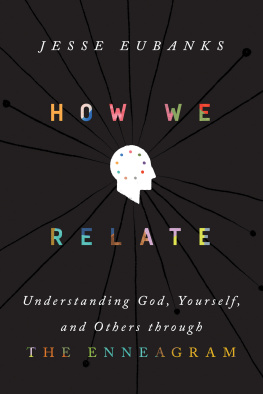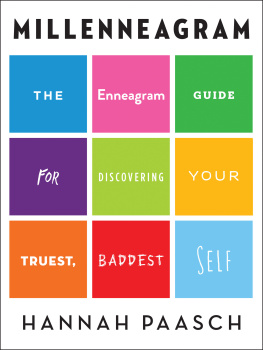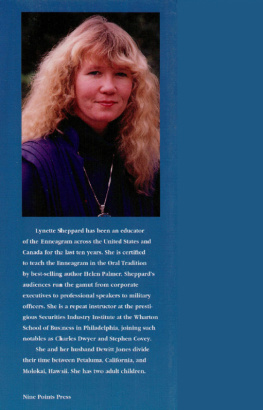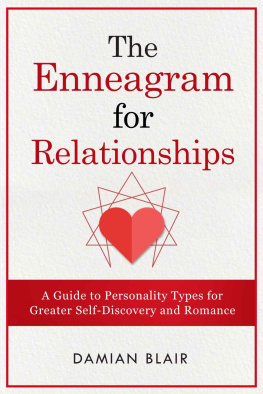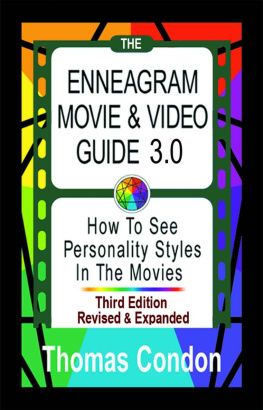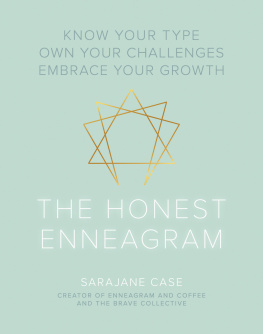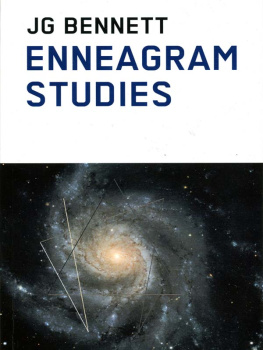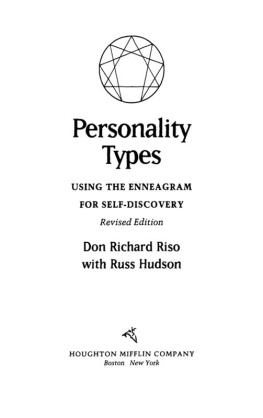Rapid Story Development
This book offers a unique approach to storytelling, connecting the Enneagram system with classic story principles of character development, plot, and story structure to provide a seven-step methodology to achieve rapid story development. Using the nine core personality styles underlying all human thought, feeling, and action, it provides the tools needed to understand and leverage the Enneagram-Story Connection for writing success.
Author Jeff Lyons starts with the basics of the Enneagram system and builds on how to discover and design the critical story structure components of any story, featuring supporting examples of the Enneagram-Story Connection in practice across film, literature, and TV. Readers will learn the fundamentals of the Enneagram system and how to utilize it to create multidimensional characters, master premise line development, maintain narrative drive, and create antagonists that are perfectly designed to challenge your protagonist in a way that goes beyond surface action to reveal the dramatic core of any story.
Lyons explores the use of the Enneagram as a tool for not only character development but also story development itself. This is the ideal text for intermediate and advanced level screenwriting and creative writing students, as well as professional screenwriters and novelists looking to get more from their writing process and story structure.
Jeff Lyons is a published author, screenwriter, and story consultant in the TV, film, and publishing industries. He is a long-time creative writing instructor through Stanford Universitys and is a regular guest lecturer through the UCLA Extension Writers Program. His writing on the craft of storytelling can also be found in leading industry trade magazines such as Writers Digest Magazine , Script Magazine , The Writer , and Writing Magazine (UK).
Rapid Story Development
How to Use the Enneagram-Story Connection to Become a Master Storyteller
Jeff Lyons
Visit the eResources: www.routledge.com/9781138929708
First published 2020
by Routledge
2 Park Square, Milton Park, Abingdon, Oxon OX14 4RN
and by Routledge
52 Vanderbilt Avenue, New York, NY 10017
Routledge is an imprint of the Taylor & Francis Group, an informa business
2020 Jeff Lyons
The right of Jeff Lyons to be identified as author of this work has been asserted by him in accordance with sections 77 and 78 of the Copyright, Designs and Patents Act 1988.
All rights reserved. No part of this book may be reprinted or reproduced or utilized in any form or by any electronic, mechanical, or other means, now known or hereafter invented, including photocopying and recording, or in any information storage or retrieval system, without permission in writing from the publishers.
Trademark notice : Product or corporate names may be trademarks or registered trademarks, and are used only for identification and explanation without intent to infringe.
British Library Cataloguing-in-Publication Data
A catalogue record for this book is available from the British Library
Library of Congress Cataloging-in-Publication Data
A catalog record for this book has been requested
ISBN: 978-1-138-92971-5 (hbk)
ISBN: 978-1-138-92970-8 (pbk)
ISBN: 978-1-315-68101-6 (ebk)
Typeset in Garamond
by Apex CoVantage, LLC
This is for loyal readers past, present, and future. Because without you, whats the point?
And for Kimberley.
Contents
Guide
Why did he do that?
How often have you said that about a character on screen or in written form? The moment you question why a character acted in a specific way is the moment the story loses its power. Characters need to be consistent. Characters need to be understandable. Characters must behave according to who they are and what life experience theyve had.
Another way of looking at this question is to examine what I call the storytelling chicken and egg problem. What comes first: character or plot? Im not talking about the initial inspiration at the very beginning of the writing process. We might suddenly feel inspired by A guy robs a bank. But whats more important? The fact that the guy robs the bank? Or is the story more about who this guy is and why hes robbing banks to begin with? Perhaps we should think of it as A twice divorced middle-aged single father up to his eyeballs in debt robs a bank as a last resort. Now were still talking about plot but from the point of view of character.
I learned this lesson the hard way. For my first professional screenwriting job, I was hired by director Tobe Hooper ( Texas Chainsaw Massacre ) to adapt the Stephen King short story The Mangler . Oh, and Stephen King had script approval. So, no pressure. There were a lot of firsts with The Mangler . First paycheck. First time Id written something that was not my original idea. First adaptation; first studio-producer notes; first horror script. It was Tobe who introduced me to the concept of story structure. He recommended a specific book on the subject (to remain nameless). Although in retrospect that technique is horribly dated and shallow, it still provided me with more than a few revelations about how stories are constructed. I have since read every major screenwriting book. Ive studied the techniques detailed in those books. I found them all to be more or less the same: variations on a story structure theme. And also limited in scope and usefulness.
I found they all had the same fundamental flaw: they were about plot, not characters. They were about story beats that need to happen at a certain point in the story, oftentimes on a specific page in a screenplay. But stories arent about plot. They are about something more fundamental. And you cant begin a discussion about writing technique without addressing the core concept at the heart of all stories: character. And character is the fundamental power of the Enneagram .
Storytelling is a natural part of life. Everyone tells stories. We tell stories about something we saw, or the adventures of a friend. Storytelling is the way humans chronicle life in all its richness and diversity. It is said that life is a journey. Everyone who has ever lived or ever will live can be thought of as characters in the great cosmic story we call LIFE. And it is storytelling that mirrors the experience of LIFE.
Most people treat character and plot as separate components of a story. That is not the case. Plot is an emergent characteristic of what happens when characters interact. When one character wants to stop another characterthats conflict. When two characters want the same thing, the result is the sameconflict. And conflict drives stories. Therefore, the most fundamental tool for creating great stories is to make sure the characters are true to themselves. To their type.
When we write, we create characters who reflect who we are or how we feel we should be. How we should react to the world; how to behave. So why not begin at the root level of human behavior: the Enneagram? The Enneagram describes human behavior in all its complexity. It is a powerful too with which you can hone your talent and develop your skill set to the point where you can call yourself a writer.
I used Jeffs approach to Rapid Story Development for my 2016 feature film Flytrap . The insights into the characters when viewed through the lens of the Enneagram are truly mind boggling. No one had ever put the two systems (story structure and the Enneagram) together in such a clear and seamless way, and in Jeffs Enneagram-Story Connection, I saw patterns of behavior rooted in personality types that I hadnt even known existed. The Enneagram works. Rapid Story Development works. Jeffs approach to story and the Enneagram is not story guru smoke and mirrors but the real deal. Dont just take my word for it; audiences agree. My film, with its more than ten international film festival laurels, is living proof. My characters, however odd and alien in nature, behave according to their deeper motivations. They are true to who they are as people.


